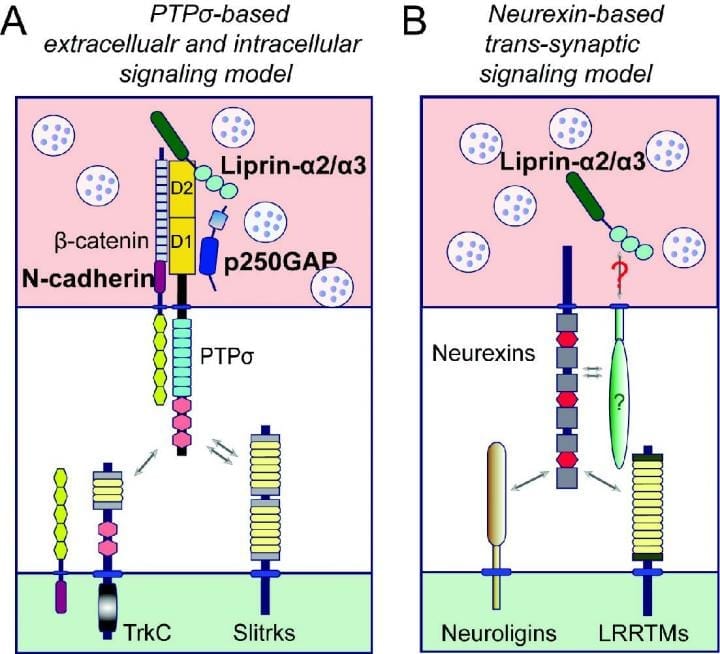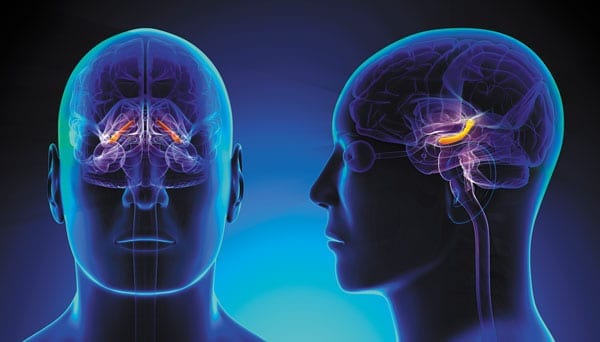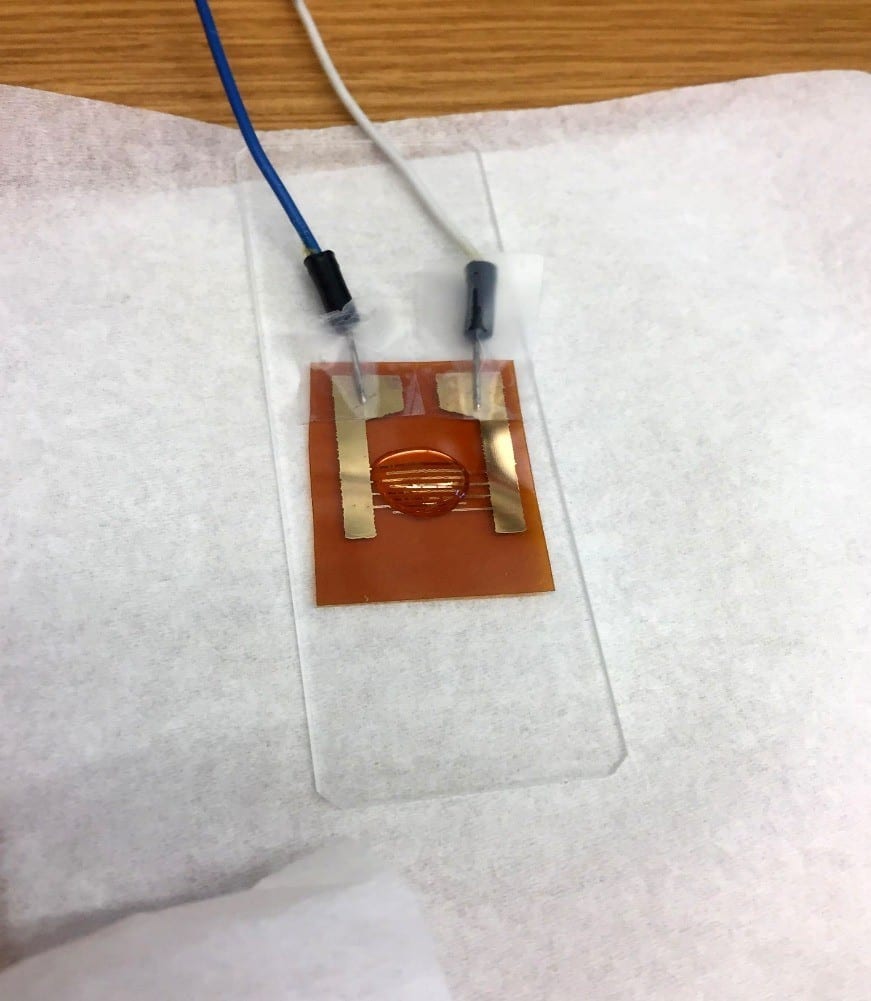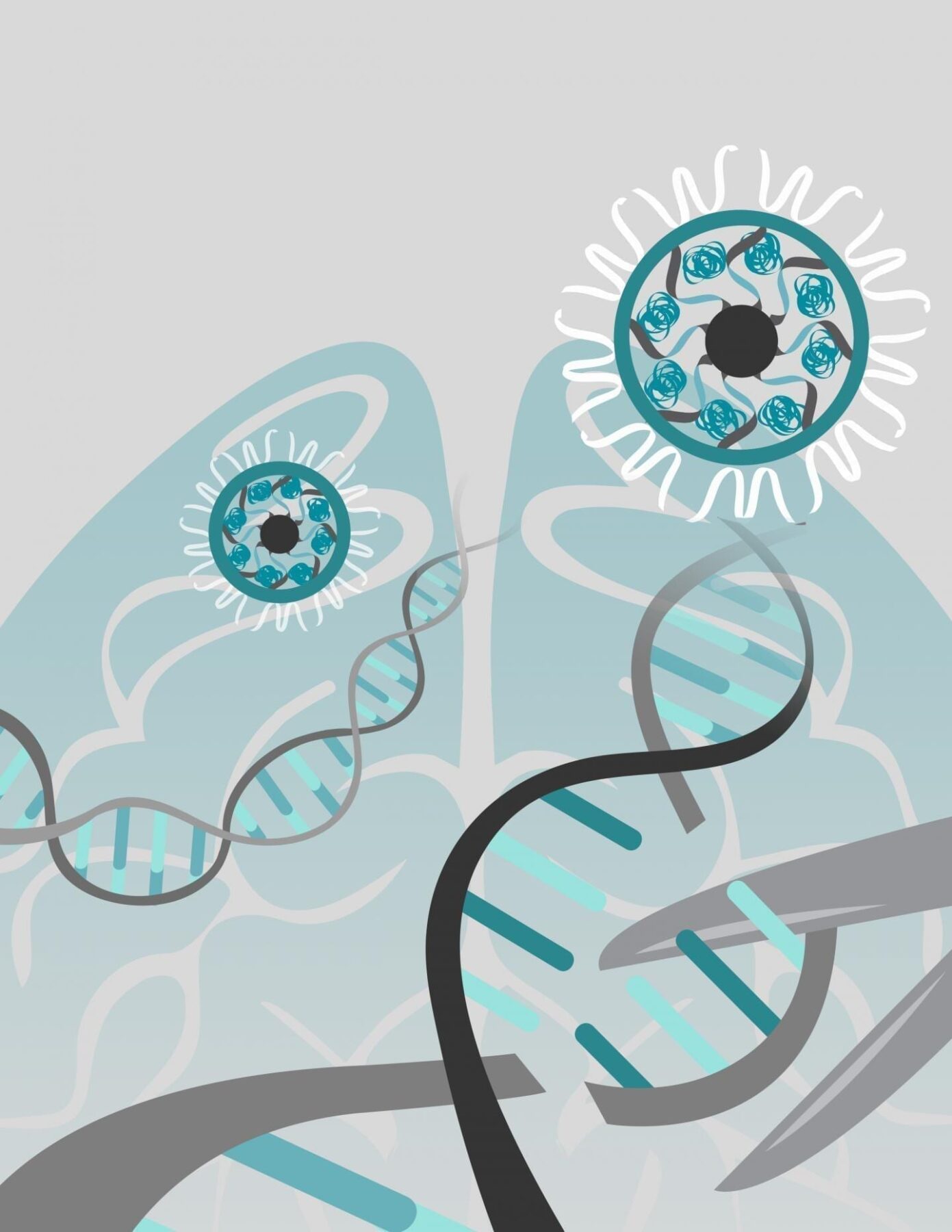
CREDIT
Daegu Gyeongbuk Institute of Science and Technology (DGIST)
A research team led by Professor Jaewon Ko and Ji Won Um from Department of Brain and Cognitive Sciences identified a new principle of formation of brain synapses through synaptic binding protein complexes.
Many nerve cells that make up the brain control the function of the brain through synapses*. Although recent studies show that synaptic binding proteins play a certain role in the formation of synapses, detailed factors or processes for collectively controlling the synapses remain unknown.
The research team has been focusing on discovering related binding proteins and finding detailed mechanisms to identify the principles of formation of excitatory synapses among synapses.
In this study, the research team found that the interaction between the PTP? proteins and certain bone proteins among binding proteins plays a critical role in synapse formation. In particular, they have identified that the ‘normal tyrosine signaling mechanism’ resulting from the reaction of certain elements of the PTP? proteins is an essential component of synapse formation.
Given the potential correlation between proteins and mental disorders such as autism, schizophrenia, and depression that recent large-scale human genetics studies have shown, the research team’s experiment is expected to provide important clues to help analyze the causes of brain disorders and enable treatment through further studies of related proteins.
Professor Ko expressed his determination by saying, “As our recent study has reported, PTP? proteins, along with neurexin, are considered key proteins responsible for the development of neural circuits. Our world-leading research team will conduct further studies to continue research on the development of synapses and neural circuits.”
Learn more: One step closer to finding a cure for brain diseases
The Latest on: Brain disease
[google_news title=”” keyword=”brain disease” num_posts=”10″ blurb_length=”0″ show_thumb=”left”]
via Google News
The Latest on: Brain disease
- How Is Lyme Disease Treated?on April 27, 2024 at 10:00 am
Lyme disease is a bacterial illness spread by deer ticks. Antibiotics are the primary Lyme disease treatment, but home remedies can help.
- Minnesota DNR “debunks” fear among deer hunters about transfer of Chronic Wasting Disease to humanson April 27, 2024 at 7:02 am
ST. PAUL, Minn. (KFGO/WCCO) – A recent article published by Field and Stream has sparked unnecessary fear and panic among Minnesota deer hunters according to the Minnesota DNR. Chronic Wasting Disease ...
- PET brain scans could reveal hidden inflammation in patients with multiple sclerosison April 27, 2024 at 4:47 am
A Brigham and Women’s Hospital study of 30 people found that, in patients with MS, advanced brain imaging could identify hidden inflammation not picked up on traditional MRIs ...
- Looking to increase your brain health? Here are a few suggestionson April 27, 2024 at 2:07 am
According to the Alzheimer’s Association, “Eating a heart-healthy diet benefits both your body and your brain. In general, this is a diet that focuses on foods that are less processed and lower in fat ...
- Kadyrov diagnosed with brain disease in addition to pancreatic necrosis - mediaon April 26, 2024 at 6:01 pm
The head of Chechnya, Ramzan Kadyrov, has been diagnosed with a new disease that will affect his entire life. Kadyrov also suffers from pancreatic necrosis, ...
- 8 ways to keep your brain healthy, from doing crossword puzzles to limiting alcoholon April 26, 2024 at 1:35 pm
Brain health is something people of all ages should be thinking about, say experts. Here are some smart steps you can take to do just that.
- CDC: Deer meat didn't cause hunters' deaths; concerns about chronic wasting disease remainon April 26, 2024 at 1:26 pm
There have been no cases of chronic wasting disease in people to date, the CDC says. But it is still investigating the potential risks.
- AI helps researchers uncover gut-brain interactions in Alzheimer'son April 26, 2024 at 10:00 am
AI technology reveals more information about the gut-brain health link in Alzheimer's, suggesting new pathways for research around treatments.
- Rare and fatal brain disease in two deer hunters heightens concerns about CWDon April 25, 2024 at 3:34 pm
A team of researchers at University of Texas Health Science Center said the cases hint at a potential contamination from infected venison. The Centers for Disease Control (CDC) says link is unlikely.
via Bing News










